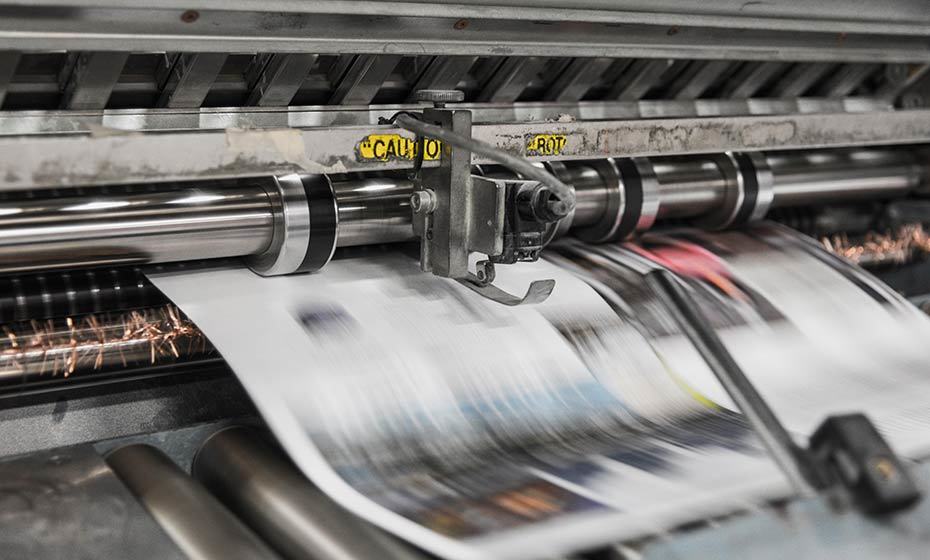Formation and Prevention of Stress Corrosion Cracks in Steel Structures
Release time:
2019-10-29 00:00
(1) Activation Pathway Stress Corrosion
When the corrosion cell is a large cathode and a small anode, the dissolution of the anode appears as a concentrated corrosion damage. As long as the anode is always at the forefront of the crack during the corrosion process, the crack tip is in an activated state without passivation, and other parts (on both sides of the crack port) are passivated, so that the crack has been developing to fracture.
(2) strain generation active channel stress corrosion
passivation film breaks under stress, and the metal exposed at the crack becomes activated anode and dissolves. In the corrosion process, the rupture of the passivation film occurs at the same time, and the repair of the passivation film is destroyed under the condition of continuous strain, so that the corrosion continues.
(3) Hydrogen embrittlement type stress corrosion
corrosion cell is a small cathode and large anode, the large anode dissolved, showed uniform corrosion. If hydrogen evolution occurs in the small cathode area, concentrated hydrogen infiltration of the metal in the cathode area will occur, resulting in brittle fracture under continuous load, and stress corrosion will develop smoothly. With the emergence of cracks, the stress and strain concentration at the crack tip promotes the accumulation of hydrogen in the metal to the crack tip, which eventually leads to stress corrosion cracking.
2. Stress Corrosion Crack Prevention Measures
The formation of stress corrosion must have the combined effect of three factors at the same time, namely material, medium and tensile stress. Therefore, we should start from three aspects of the factors, from the product structure design, installation and construction to the production management of each link to take corresponding measures.
(1) Material: Duplex stainless steel material; Select welding materials that are basically consistent with the chemical composition and organization of the base metal (principle of equal composition);
(2) Medium: The possibility of medium corrosion to the base metal must be specifically considered. In order to reduce or eliminate stress corrosion in a specific environment, corrosion inhibitor can be added to the medium. Surface treatment techniques may also be used to prepare a sacrificial anode coating or a physical barrier coating on the surface of the component.
(3) Stress includes:
① Select a reasonable joint form during welding to reduce residual stress; ② Correct welding sequence; ③ Appropriate heat input; ④ Stress relief treatment can be carried out after welding
Previous article
Next article
Previous article
Next article







